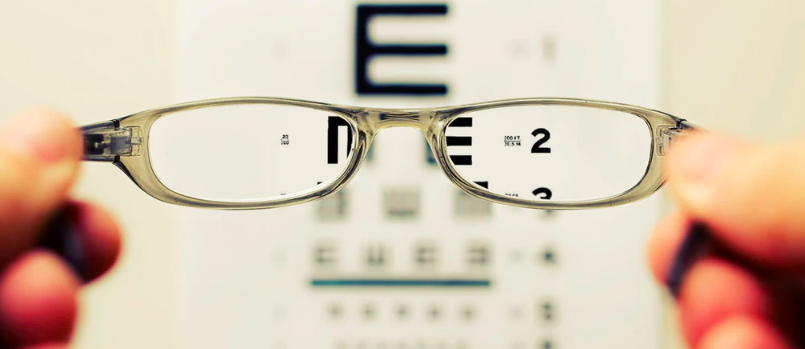What is EHR software?

Optometry Electronic Health Record (EHR) systems are becoming the standard method of practice management and record keeping in most practices today. There are numerous reasons why utilizing software for record keeping, charting exams, patient intake, etc. is better than the old-fashioned way – that is, paper charts. What we want to focus on, however, is what exactly does an EHR allow doctors to do? What should you look for in an EHR? Let’s discuss what you should expect and some key features to consider in an EHR.
Electronic health records are built to help optometrists work more efficiently and effectively and allow for a more thorough, well recorded exam. A good EHR will allow for quick text or auto-complete input fields, and a better EHR will also provide a list of diagnoses codes and insurance codes to choose from. A great EHR will provide real-time, up-to-date databases of current prescribing parameters along with “smart” auto-fill features.
With an EHR, patients can electronically fill in their medical and demographic information and many times, do so prior to their visit. This reduces the check-in time for patient and staff and automatically begins populating the patient’s chart with very important information, such as the patient’s medical history and current prescriptions.
Many EHRs can integrate with pre-testing software devices, such as an auto-refractor, tonometer, and other ophthalmic tools, and automatically load the data into that patient’s chart. At that point, the doctor can begin evaluating new data that is loaded into the chart in real time, and if it is an existing patient, compare data from the previous years’ exams.
Another huge benefit of an EHR is the ability to communicate with patients for appointment bookings and reminders, give them their unique HIPPA secured portal for instant access to their prescriptions and referrals, and even allow them to book appointments online. This automates the task of recalling patients, eliminates the risk of manually scanning and emailing sensitive patient information, and maximizes the number and availability of appointments for each doctor in your office. Although many EHRs can allow standalone applications to integrate these useful tools into a more basic system, there are a few EHRs that have these extras built in to their standard platform.
Inherently, the leading optometry EHR software systems can quickly provide a wider range of information for doctors to consider during an evaluation, and easily display pertinent patient information at the most crucial time. Having such accessibility leads to a more informed decision and a more accurate impression, plan, and procedure. With all of this and more, EHRs will surely enhance office efficiency, provide better ways for record keeping and communication, and in general, improve patient care.


